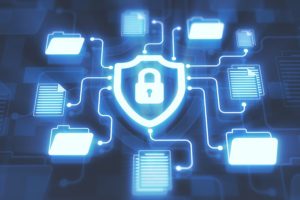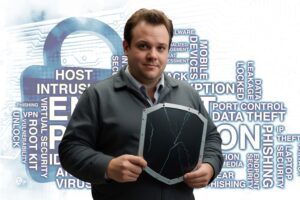
Even Giants Can Fall:
What the Ingram Micro Ransomware Attack Teaches Us About Cybersecurity Preparedness
In July 2025, Ingram Micro—one of the largest IT distribution and solutions providers in
the world—was hit by a significant ransomware attack that disrupted operations and
systems globally. Despite its size, deep bench of IT talent, and vast resources, Ingram
Micro became the latest example in a growing list of high-profile companies crippled by
cybercriminals. The breach not only caused delays and outages but also raised serious
questions: If a tech-focused Fortune 100 company can be compromised, what does that
mean for the rest of us?
The reality is simple but sobering—no organization is immune. Cyber attackers are
increasingly sophisticated, often funded by organized crime or nation-states. They
exploit not only technical vulnerabilities but also human error, misconfigurations, and
gaps in monitoring. In many cases, the tools to detect and stop them exist, but they
aren’t being used to their full potential. That’s where the combination of advanced
technology and expert human oversight becomes critical.
Ingram Micro ransomware attack proves that
No Organization
is immune to cyber threats.
EDR Is the Foundation, Not the Solution
Endpoint Detection and Response (EDR) tools are now a core component of any
serious cybersecurity strategy. EDR solutions like SentinelOne, CrowdStrike, or Microsoft Defender for Endpoint provide real-time threat detection, behavioral analysis, and automated containment of malicious activity. But here’s the catch: having the tool in place isn’t enough. An EDR solution is only as effective as the team monitoring it.
In many cases, alerts are generated—but missed. Or worse, incidents are detected, but no one is available or skilled enough to interpret and act on them quickly. This is particularly dangerous with ransomware, where speed is everything. A few minutes of delay in identifying and responding to a breach can be the difference between isolating an infected machine and watching an entire environment go dark.


Why a 24x7 Certified SOC Makes All the Difference
A Security Operations Center (SOC) that operates around the clock is no longer optional. A true 24×7 SOC, staffed with certified analysts who understand how to leverage your EDR platform, adds the human intelligence layer that automated tools can’t provide. These teams don’t just watch for alerts—they correlate data, identify patterns, perform forensic analysis, and respond to incidents in real time.
In addition, certified security engineers can perform proactive threat hunting—an advanced technique that involves actively searching for signs of malicious activity that may have slipped past automated defenses, further strengthening your organization’s ability to detect and stop attacks before they cause harm.
When a ransomware attack begins, the SOC can isolate affected endpoints, block malicious processes, and coordinate a response plan immediately. And perhaps most importantly, a good SOC team doesn’t just stop the bleeding—they help remediate and recover, working to bring systems back online safely and ensuring the attackers are eradicated from the environment.
Prepare Like You're Next
The Ingram Micro attack is a wake-up call for businesses of all sizes. Cybercriminals don’t discriminate based on your size or industry—they look for opportunity. And when the opportunity strikes, your best defense is a layered approach: a cutting-edge EDR solution, actively managed and monitored by a skilled, around-the-clock SOC.
Don’t wait until your company is in the headlines. Combine technology with expertise today—because prevention, detection, and rapid response are no longer optional. They’re essential.



